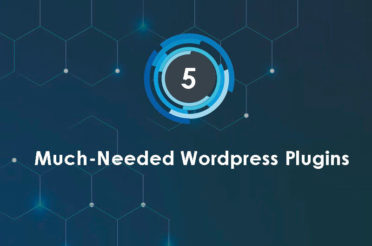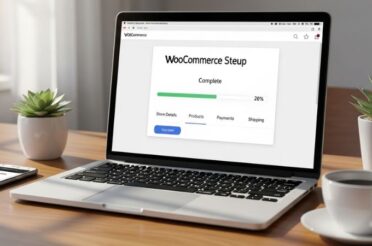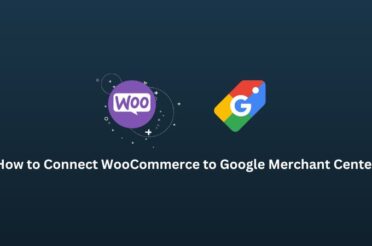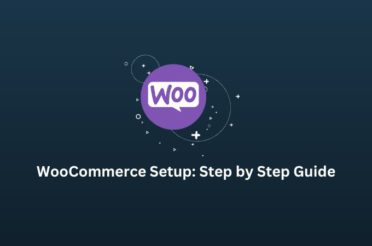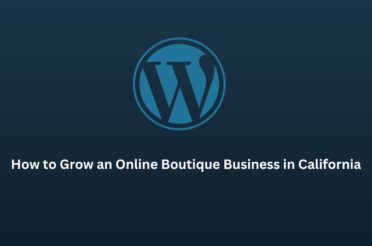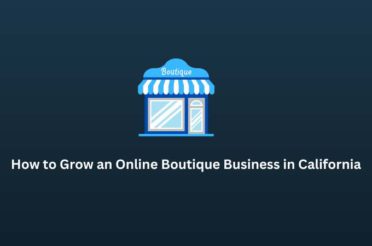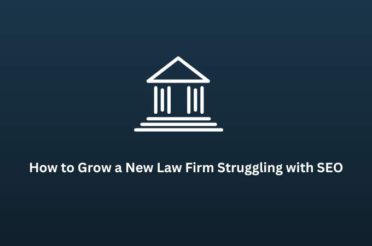In today’s digital world, content marketing has become an essential strategy for businesses to drive traffic to their websites and generate leads. And one of the most popular forms of content marketing is blogging. With a blog, you can attract a larger audience, establish yourself as a thought leader in your industry, and ultimately drive more conversions for your business. However, creating great content is just half the battle. To truly succeed with blogging, you need to optimize your blog posts for conversions.
Optimizing your blog posts for conversions means using strategies that can turn your readers into leads and customers. This involves creating compelling content, implementing on-page SEO techniques and optimizing your calls-to-action (CTAs) and landing pages to encourage readers to take the desired action. And while this may sound daunting, the good news is that it’s not as difficult as it may seem.
In this blog post, we’ll cover everything you need to know about optimizing your blog posts for conversions.
So, whether you’re just a beginner or a seasoned pro, this blog post will provide you with all the information you need to optimize your blog posts for conversions and drive success from your content marketing efforts.
Let’s get started!
1. Understanding Your Audience
Understanding your audience is a crucial step in optimizing your blog posts for conversions. Without a deep understanding of your target audience, you’ll struggle to create content that resonates with them and encourages them to take action. Here are some key steps you can take to better understand your audience:
Conduct Audience Research:
Start by conducting thorough audience research to gather insights into your target audience’s needs, desires, pain points, and interests. You can do this by analyzing customer data, conducting surveys, and monitoring social media conversations.
Create Buyer Personas:
Based on your audience research, create buyer personas to represent your ideal customers. These personas should include demographic information, as well as details about your customers’ goals, challenges, and buying behaviors.
Use Analytics:
Use analytics tools, such as Google Analytics, to track your website visitors’ behavior and identify patterns in their browsing and buying habits. This data can help you create content that addresses their needs and interests.
By understanding your audience, you’ll be able to create content that speaks to their needs and desires, which will ultimately drive more conversions for your business.
2. Creating Compelling Content.
Creating compelling content is the key to engaging your audience and encouraging them to take action. Here are some essential elements of a great blog post that can help you create content that resonates with your audience:
Attention-Grabbing Headline:
Your headline is the first thing your audience will see, so it’s essential to make it attention-grabbing and compelling. Use strong verbs, numbers, and emotional language to pique your audience’s interest.
Clear Structure:
Organize your blog post into clear sections and use subheadings to make it easy for readers to scan and find the information they need.
Relevant and Valuable Content:
Create content that’s relevant to your audience’s needs and interests, and provides value by offering solutions to their problems, answering their questions, or offering new insights.
Engaging Writing Style:
Use a conversational and engaging writing style to make your content more relatable and interesting to read. Use examples, anecdotes, and stories to illustrate your points.
Visual Content:
Use visual content, such as images, videos, and infographics, to break up the text and make your blog post more engaging and visually appealing.
By creating compelling content that speaks to your audience’s needs and interests, you’ll be able to keep them engaged and interested in your blog, which will ultimately drive more conversions for your business.
3. On-page SEO optimization
On-page SEO optimization involves optimizing your blog post’s title tags, meta descriptions, header tags, and body copy to make them more visible to search engines. By making your blog posts more visible to search engines, you’ll be able to attract more organic traffic to your website and increase the chances of driving conversions. Here are some essential on-page SEO techniques to optimize your blog posts for conversions:
Keyword Research:
Conduct keyword research to identify the keywords and phrases that your target audience is searching for. Use these keywords in your title tag, meta description, header tags, and body copy.
Title Tag:
Your title tag is the most critical on-page SEO element. Make sure your primary keyword is included in your title tag and keep it under 60 characters.
Meta Description:
Your meta description is the text that appears under your title tag in the search engine results pages. Make sure it includes your primary keyword and a compelling description of your blog post.
Header Tags:
Use header tags (H1, H2, H3) to organize your content into clear sections and make it easier for readers to scan. Include your primary keyword in at least one header tag.
Body Copy:
Use your primary keyword naturally throughout your body copy, without overstuffing it. Use variations of your primary keyword and related keywords to make your content more relevant to search queries.
By optimizing your blog posts for on-page SEO, you’ll be able to make your content more visible to search engines, attract more organic traffic, and ultimately drive more conversions for your business.
4. Conversion optimization
This is the process of creating a website or blog post that encourages readers to take the desired action, such as filling out a form, making a purchase, or signing up for a newsletter. Here are some essential conversion optimization techniques to optimize your blog posts for conversions:
Clear Call-to-Action (CTA):
Include a clear and compelling CTA that tells readers what action to take and why they should take it. Use action-oriented language and make sure your CTA stands out visually.
Use Social Proof:
Include social proof, such as customer testimonials or trust badges, to build trust and credibility with your audience.
Use Scarcity and Urgency:
Use scarcity and urgency to create a sense of urgency and encourage readers to take action. For example, you could offer a limited-time discount or a limited number of spots in a course.
A/B Testing:
Conduct A/B testing to determine which design, copy, and CTA work best for your target audience. Make changes based on your findings to improve your conversion rate.
5. Partnering with a SEO Agency
A SEO agency can help you optimize your blog posts for search engines and conversions, ensuring that your content is visible to your target audience and drives business results. Here are some of the ways in which the best SEO agency can help you optimize your blog posts:
Keyword Research:
An SEO agency can conduct thorough keyword research to identify the keywords and phrases that your target audience is searching for. They can then use these keywords to optimize your blog posts’ title tags, meta descriptions, header tags, and body copy.
On-Page Optimization:
An SEO agency can optimize your blog posts for on-page SEO, including title tags, meta descriptions, header tags, and body copy, to make your content more visible to search engines.
Link Building:
An SEO agency can help you build high-quality backlinks to your blog posts, which can increase your website’s authority and improve your search engine rankings.
Technical Optimization:
An SEO agency can perform technical optimization, such as optimizing page speed and fixing broken links, to ensure that your blog posts load quickly and are user-friendly.
Conversion Optimization:
An SEO agency can help you optimize your blog posts for conversions, including creating clear and compelling CTAs, using social proof, and A/B testing to improve your conversion rate.
So if you’re serious about improving your blog’s performance, consider partnering with the best SEO agency to take your digital marketing strategy to the next level.
Remember, optimizing your blog posts for conversions and search engines is an ongoing process that requires continuous optimization and monitoring. By following the tips and techniques outlined in this blog post and partnering with the best SEO agency, you can create blog posts that drive real business results and help you achieve your marketing goals.


